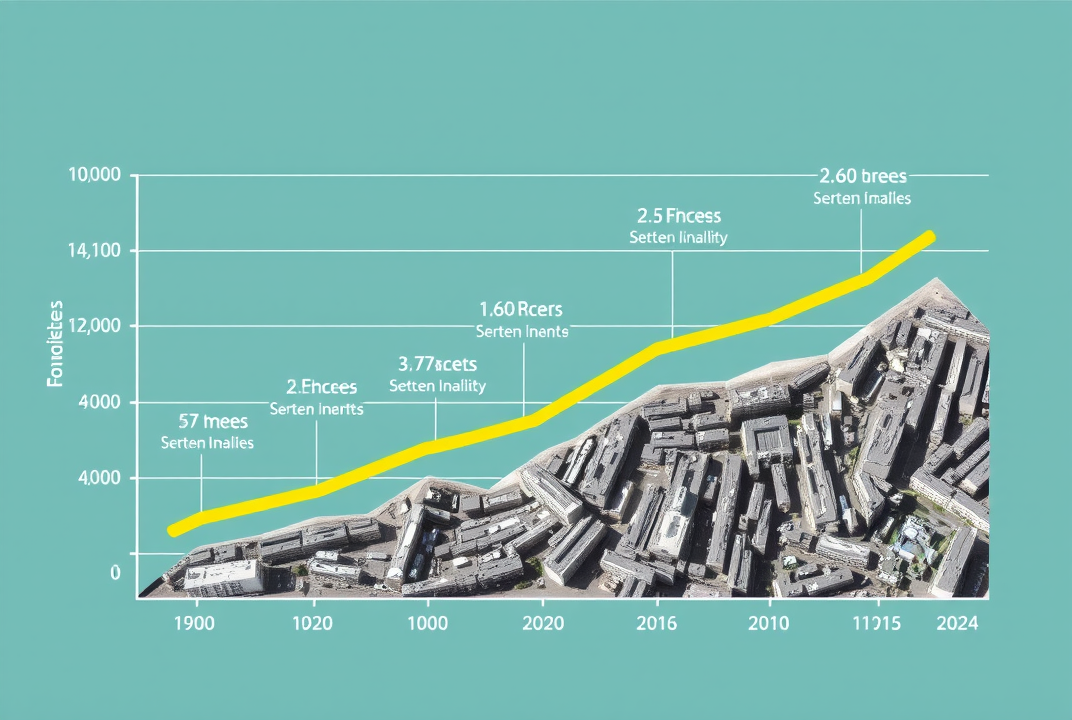Creating a Sustainable Business Plan: Your Pathway to Success

Introduction: Hook & Overview
Did you know that businesses that implement sustainable practices can experience not only positive environmental impacts but also significant financial benefits? Transitioning into a sustainable business model isn't just an ethical choice; it's a smart, savvy strategy for long-term success. In this guide, you will learn how to create a sustainable business plan that's both feasible and advantageous.
Why Sustainability Matters in Business
Sustainability in business isn't merely about recycling bins and energy-saving bulbs. It's about acting responsibly, considering future generations while meeting your current needs. Companies embracing this concept often witness improved brand reputation, customer loyalty, and sometimes, cost savings.
Importance of a Sustainable Business Plan
A sustainable business plan ensures that environmental practices go hand in hand with profitability. Let's explore the elements of a successful plan:
-
Environmental Assessment
-
Sustainable Goals
-
Action Plan
-
Monitoring & Evaluation
-
Stakeholder Engagement
Step 1: Conducting an Environmental Assessment
To become a sustainable business, start by assessing current environmental impacts. Analyze resource usage, waste management, and transportation methods.
Example:
A small retail store wanted to reduce its waste. They started by auditing their packaging methods, eventually opting for minimalistic designs with recyclable materials.
Step 2: Setting Sustainable Goals
Establish clear, achievable goals. Are you aiming to reduce waste by 30% in 2 years? Specify targets so success is easily measurable. Align goals with company values and market demands.
Example:
A catering company committed to sourcing 50% of its ingredients locally to reduce its carbon footprint.
Step 3: Developing an Action Plan
Create specific actions that align with your goals. If you want to reduce energy consumption, consider introducing energy-efficient appliances or renewable sources like solar panels. Budgeting and training for staff are critical here.
Step 4: Monitoring & Evaluation
After implementing changes, regularly evaluate progress. Are goals being met? Keep track of key metrics and adjust your plan for unforeseen challenges.

Step 5: Stakeholder Engagement
Discuss your sustainability initiatives with stakeholders including employees, customers, and local communities. Transparent communication fosters trust and creates a collaborative environment for achieving goals.
Quote from an Expert:
"Engaging with stakeholders early and throughout your planning process ensures sustained commitment and fresh insights," says sustainability strategist Alex Green.
Overcoming Challenges in Building a Sustainable Business Plan
Common Challenges:
Initial Costs
Resistance to Change
Measuring Impact
Solution Approaches:
-
Initial Costs: Start small by integrating inexpensive sustainable practices.
-
Resistance to Change: Educate employees and highlight benefits.
-
Measuring Impact: Use software tools to track sustainability metrics effectively.
Case Study: Successful Implementation
Consider "EcoTech Solutions", a mid-sized company that transitioned to sustainability by switching to solar energy and adopting a zero-waste policy. Their journey wasn't without obstacles, but with perseverance, they successfully increased their bottom line while maintaining a loyal customer base.
The Role of Innovation in Sustainability
Innovation can significantly accelerate sustainable transitions. Think of new, efficient technologies that decrease environmental footprints. Encourage teams to brainstorm innovative solutions that align with sustainability goals.
Frequently Asked Questions about Sustainable Business Plans
Question: What is the first step in creating a sustainable business plan?
Answer: Start with an environmental assessment to understand your current impact.
Question: How do I measure the success of my sustainability efforts?
Answer: Track specific metrics aligned with your sustainable goals, such as energy consumption reduction or waste diversion rates.
Conclusion: Crafting Your Success Story
Crafting a sustainable business plan is a journey that brings together economic growth and ecological responsibility. As you make strides toward sustainability, you'll find business opportunities you hadn't considered before. Whether you are starting from scratch or building upon existing practices, embrace the challenge of leading your company toward a greener future. Begin now by evaluating how your business can contribute positively to society and the planet.
Call to Action:
Are you ready to embark on your sustainable business journey? Start today by conducting a simple environmental assessment of your organization. Engage your team, and make your mark on a brighter, sustainable tomorrow.

